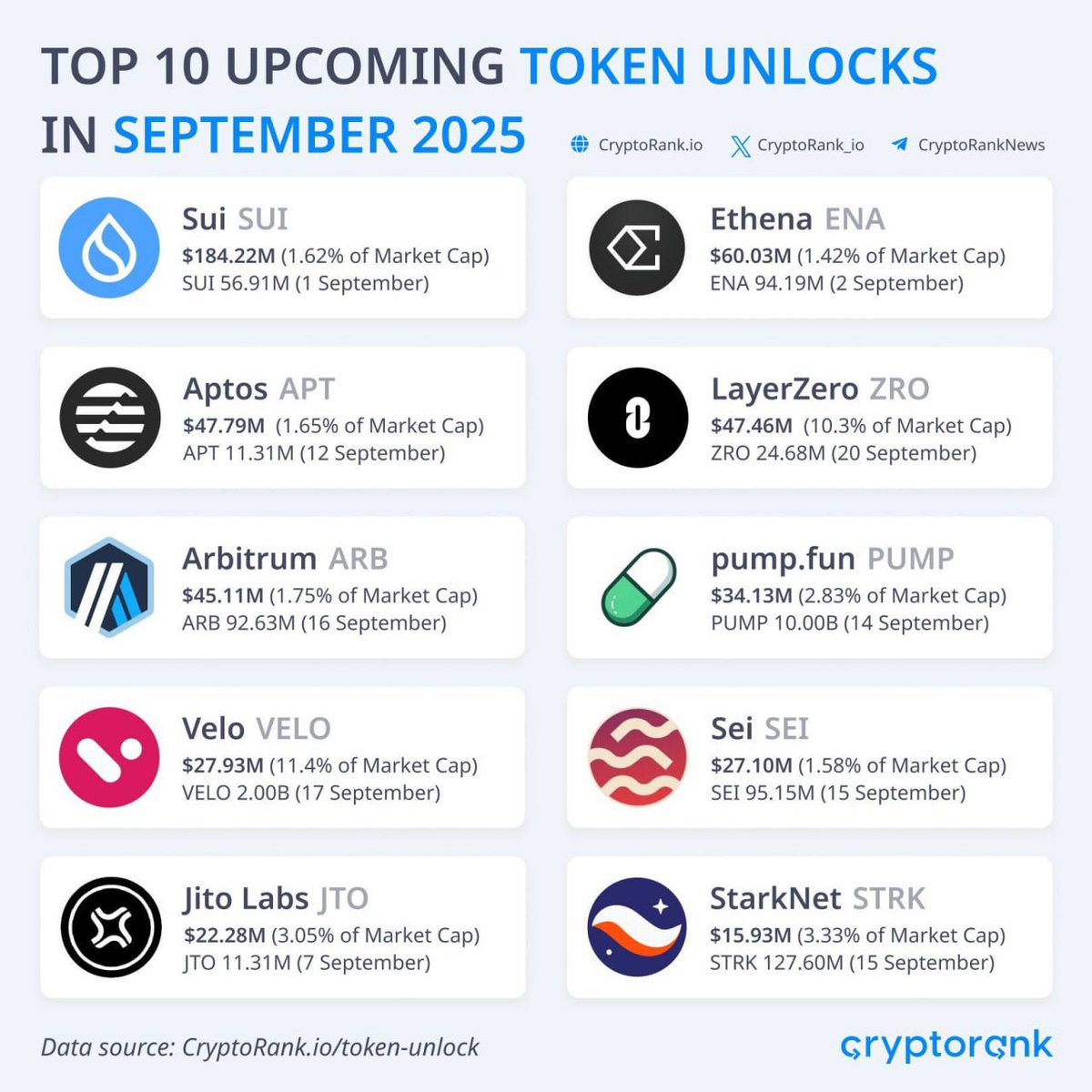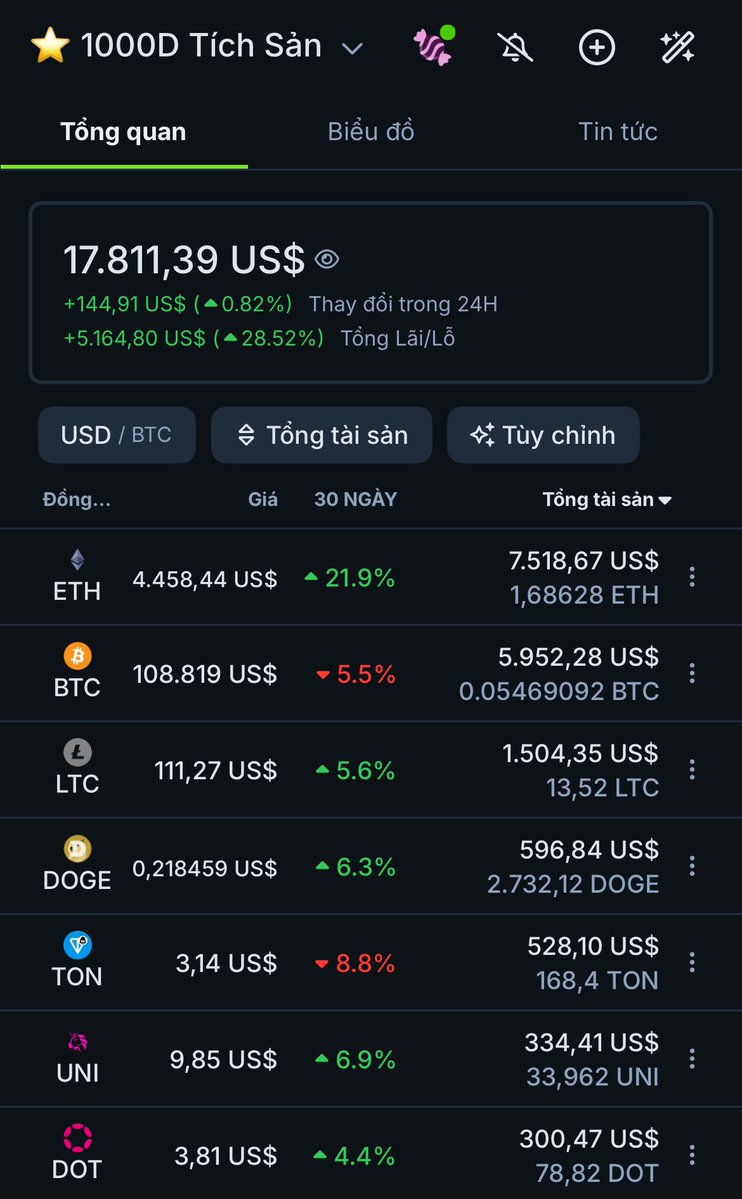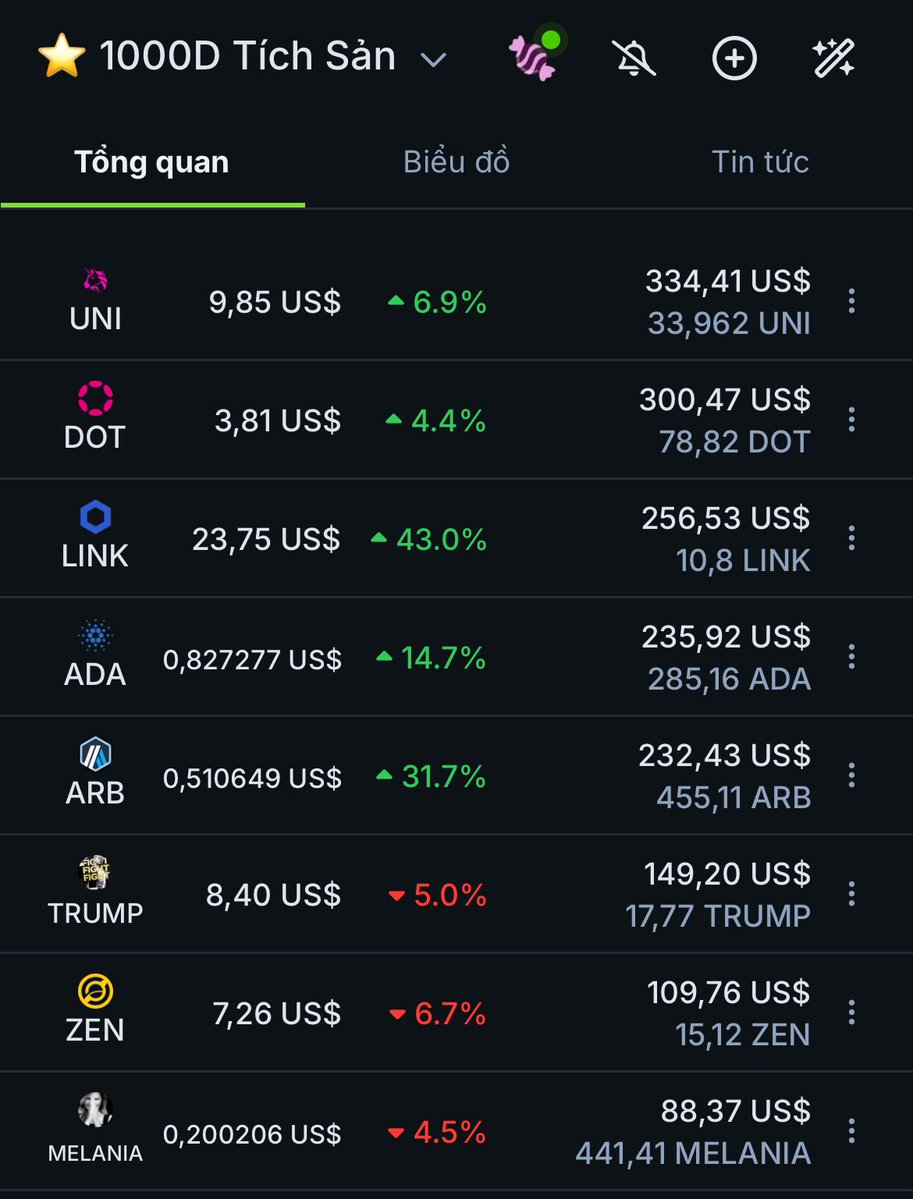Arbitrum price
in USDCheck your spelling or try another.


About Arbitrum
Disclaimer
OKX does not provide investment or asset recommendations. You should carefully consider whether trading or holding digital assets is suitable for you in light of your financial condition. Please consult your legal/tax/investment professional for questions about your specific circumstances. For further details, please refer to our Terms of Use and Risk Warning. By using the third-party website ("TPW"), you accept that any use of the TPW will be subject to and governed by the terms of the TPW. Unless expressly stated in writing, OKX and its affiliates (“OKX”) are not in any way associated with the owner or operator of the TPW. You agree that OKX is not responsible or liable for any loss, damage and any other consequences arising from your use of the TPW. Please be aware that using a TPW may result in a loss or diminution of your assets. Product may not be available in all jurisdictions.
Arbitrum’s price performance
Arbitrum on socials



Guides

Arbitrum on OKX Learn


Arbitrum FAQ
Offchain Labs, the creator of the Arbitrum protocol, was founded by Ed Felten, Steven Goldfeder, and Harry Kalodner. These founders bring extensive computer science and blockchain technology expertise accumulated through years of experience in the computer and tech industry. Their collective knowledge and innovative approach have been instrumental in the development and success of the Arbitrum project.
Arbitrum improves scalability by implementing Optimistic Roll-ups, a technology that allows transactions to be processed off-chain. Transactions are bundled together and verified on-chain in batches, significantly increasing Ethereum's throughput. With Optimistic Roll-ups, Arbitrum has the potential to achieve transaction speeds of up to 4,800 transactions per second (TPS), greatly enhancing the scalability of the Ethereum network.
Easily buy ARB tokens on the OKX cryptocurrency platform. An available trading pair in the OKX spot trading terminal is ARB/USDT.
Dive deeper into Arbitrum
Arbitrum has emerged as a leading Ethereum scaling solution, garnering significant attention even before its airdrop in March 2023. Its utility as a layer-two scaling solution for the Ethereum network has been pivotal in establishing its prominence within the broader cryptocurrency ecosystem.
What is Arbitrum?
Arbitrum is a Layer 2 blockchain protocol specifically developed to enhance the scalability of the Ethereum network. Arbitrum aims to increase transaction throughput on Ethereum by employing optimistic roll-ups while maintaining its security and decentralization. It provides a seamless migration path for developers to transition their applications from the Layer 1 Ethereum protocol to the Layer 2 Arbitrum protocol.
Offchain Labs created the protocol, and its Mainnet was launched in 2021. In March 2023, the Arbitrum Foundation introduced ARB as the native token of the Arbitrum ecosystem. This marked an important milestone in the project's evolution and further solidified its role in the crypto space.
The Arbitrum team
The Arbitrum team comprises Ed Felten, Steven Goldfeder, and Harry Kalodner, previously researchers at Princeton University. Ed Felten, a Professor of Computer Science, brings his expertise to the project, while Steven Goldfeder and Harry Kalodner hold Ph.D. degrees in Computer Science. Together, they form a skilled and knowledgeable team driving the development and innovation behind Arbitrum.
How does Arbitrum work?
The Arbitrum network utilizes optimistic roll-ups to scale the Ethereum network. While the Ethereum blockchain can handle only 15-30 transactions per second (TPS), roll-ups can increase transaction speed by up to 85 times.
Optimistic roll-ups aggregate transactions and process them off-chain in batches rather than individually on-chain. These transactions are then verified in batches and with reduced frequency on the blockchain.
To illustrate, think of optimistic roll-ups as grouping multiple transactions, similar to picking up all the items you need from a supermarket in one go rather than paying for each item separately.
In contrast, the traditional Ethereum network processes transactions one by one, like paying for each item individually at the store. Arbitrum's protocol, leveraging optimistic roll-ups, enables transactions to be rolled-up and processed in batches, thus enhancing scalability and efficiency.
Arbitrum’s native token: ARB
ARB is an ERC-20 token that functions as the governance token within the Arbitrum ecosystem. ARB Holders can vote on proposals put forth in the decentralized autonomous organization (DAO), either in favor or against them.
Tokenomics
ARB has a total supply of 10 billion tokens, with a circulating supply of 1.275 billion tokens. During the viral airdrop on March 23, 2023, the Arbitrum Foundation distributed 12.75% of the total ARB supply to users and DAOs.
Staking ARB tokens
ARB tokens can be staked on various decentralized exchanges (DEXs), allowing users to earn rewards from the fees generated by the liquidity pool. The longer the ARB tokens are staked or locked, the higher the potential rewards for the user.
Additionally, centralized exchanges (CEXs) like OKX provide staking services for ARB through their OKX Earn. Users can earn a flexible 1 percent annual percentage yield (APY) on their staked ARB tokens.
Arbitrum’s use cases
Arbitrum's use cases primarily revolve around its governance functionality. As the native governance token of the ecosystem, ARB is designed for voting on proposals and decisions within the Arbitrum network. Additionally, ARB can be staked to earn rewards and serve as a store of value for users within the ecosystem. It's important to note that ARB is not utilized as gas fees for transactions on the network
ARB Token distribution
The supply distribution of ARB is as follows:
- Arbitrum DAO treasury: 42.78%
- Offchain Labs teams and advisors: 26.94%
- Investors: 17.53%
- Airdrop to users: 11.62%
- Airdrop to DAOs: 1.13%
Arbitrum’s future vision
Arbitrum's future vision is centered around achieving progressive decentralization. While the Arbitrum Foundation currently holds most of the decision-making power in the ecosystem, the goal is to transition towards a more decentralized governance model as the Arbitrum ecosystem expands and more web3 users engage with the network.
In the meantime, ARB token holders can actively participate in voting for improvement proposals, ensuring a level of community involvement.
Furthermore, Arbitrum has plans to launch a Layer 3 DApp shortly.
This layer-three solution, called Orbit, will allow developers to deploy programs using popular programming languages such as Rust and C++.
ESG Disclosure







































